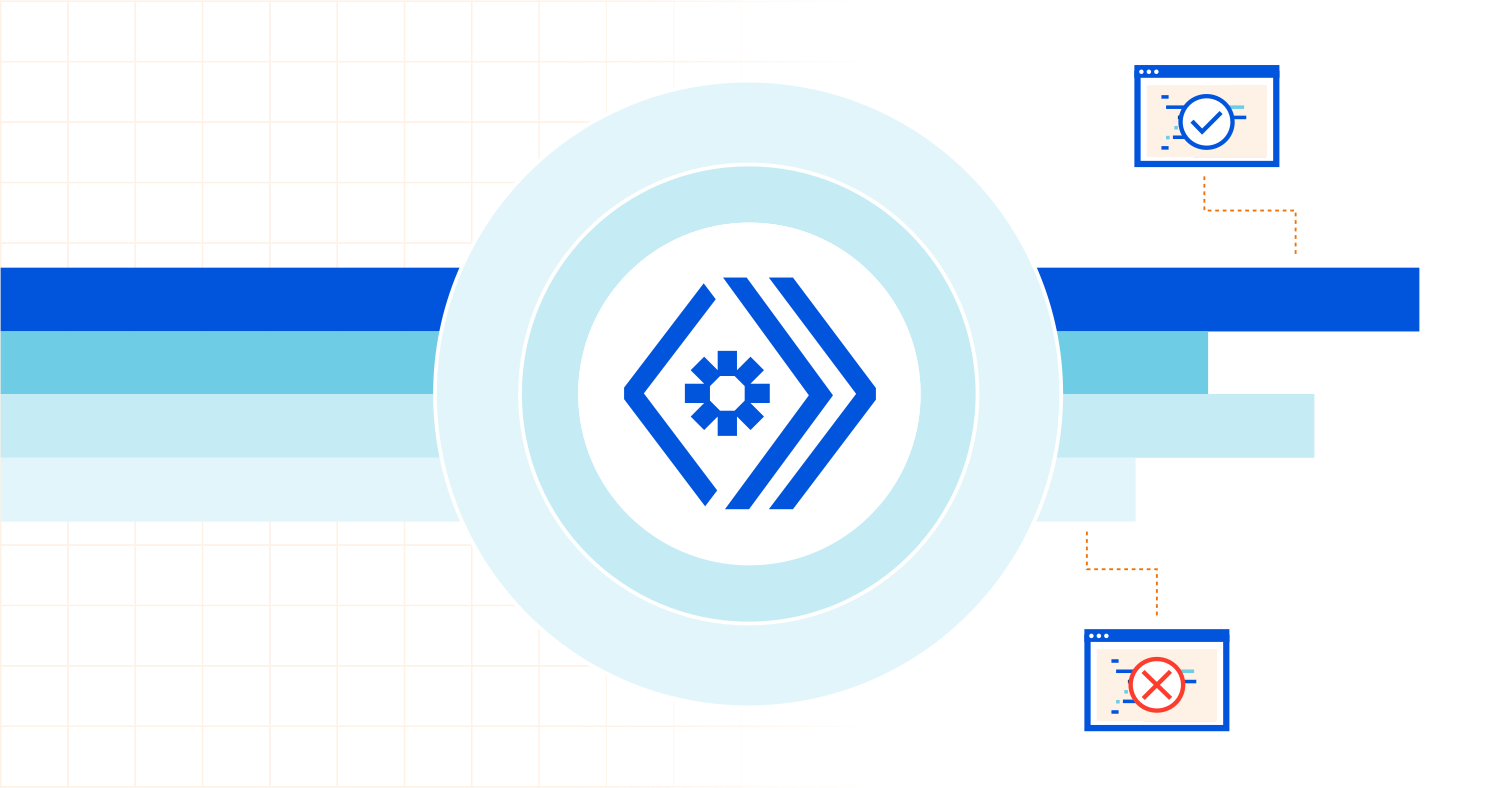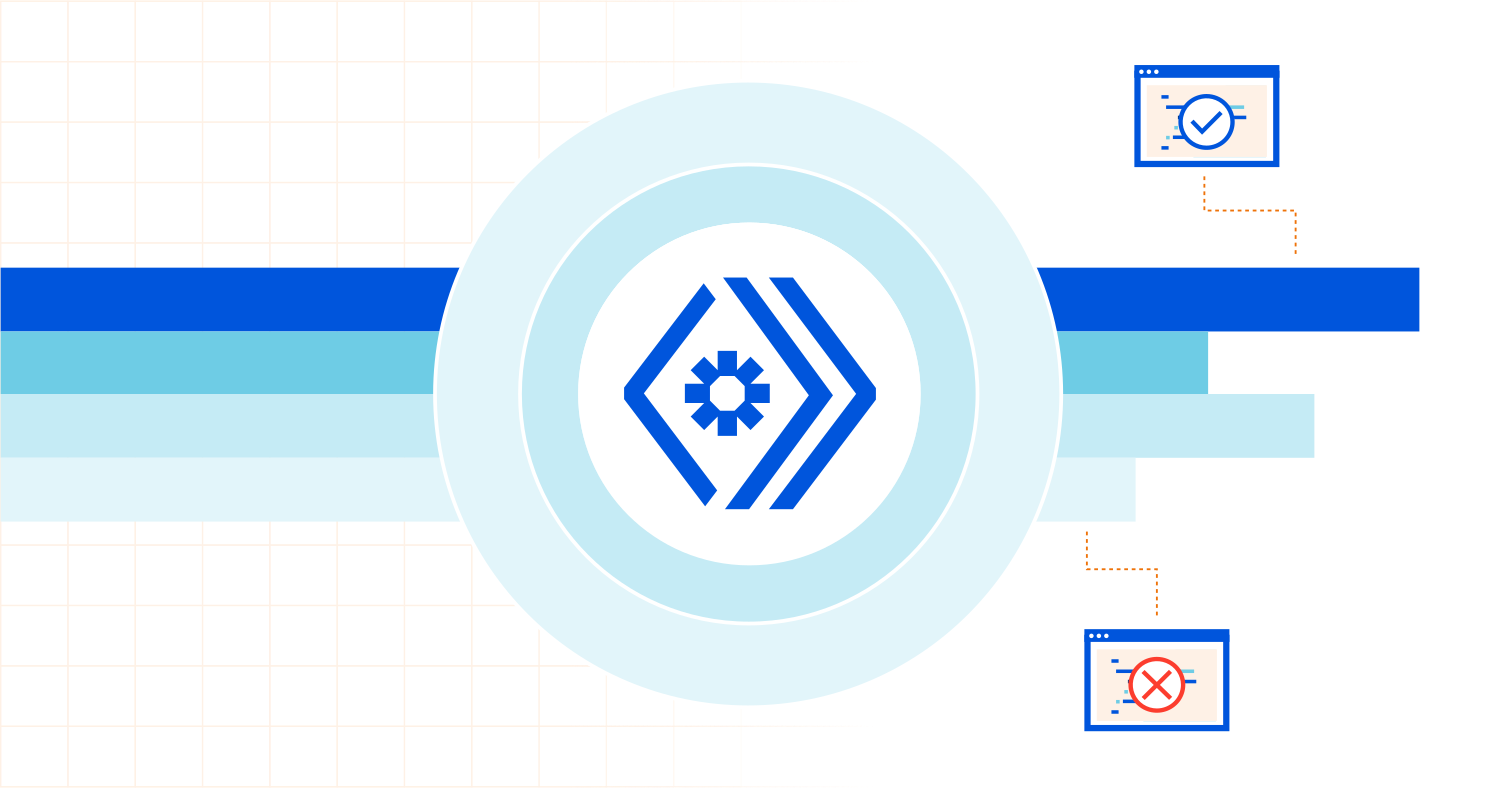The Strategic Advantage of Hyperautomation
Hyperautomation, which is more than an extension of RPA, has the potential to transform enterprise processes because of how broad and deep it is.Durable Objects: Easy, Fast, Correct — Choose three


Storage in distributed systems is surprisingly hard to get right. Distributed databases and consensus are well-known to be extremely hard to build. But, application code isn't necessarily easy either. There are many ways in which apps that use databases can have subtle timing bugs that could result in inconsistent results, or even data loss. Worse, these problems can be very hard to test for, as they'll often manifest only under heavy load, or only after a sudden machine failure.
Up until recently, Durable Objects were no exception. A Durable Object is a special kind of Cloudflare Worker that has access to persistent storage and processes requests in one of Cloudflare’s points of presence. Each Object has its own private storage, accessible through a classical key/value storage API. Like any classical database API, this storage API had to be used carefully to avoid possible race conditions and data loss, especially when performance mattered. And like any classical database API, many apps got it wrong.
However, rather than fix the apps, we decided to fix the model. Last month, we rolled out deep changes to the Durable Objects runtime such that many applications which previously contained subtle race conditions are now correct Continue reading
Segment Routing | Control and Data plane review
Hi all!
Today I’m going to talk about Segment Routing, especially SR-MPLS. Exactly the best source of theoretical information is RFC. But Segment Routing is a huge topic and it's difficult to sort things out. I will provide basic concepts of SR-MPLS and we will go through basic control plane and data plane tasks of SR.
A good network engineer always tries to optimize network, operation tools and workflow. And I’m sure, engineers who develop Segment Routing concepts follow the same idea.
Why do I think so? Look SR-MPLS short facts:
SR is an alternative of main label distribution protocols - LDP and RSVP.
SR decreases control plane entities because it’s a part of IGP protocols (IS-IS or OSPF)
SR uses stateless paradigm unlike RSVP (It helps to reduce CPU consumption)
Let’s investigate basic SR concepts.
Segment and routing. Take the first definition. What is a "segment"? What types of segments do we have?
Segments are instructions. Head-end encodes these instructions into MPLS headers. It's an interesting concept. We can steer traffic flow by data plane units that contain a stack of MPLS labels - stack of instructions. It helps to eliminate states for every MPLS LSP on Continue reading
Network Break 344: Zoom Expands Into Contact Center Biz; Will Devs Choose Cloudflare’s Green Compute?
Zoom buys its way into the contact center biz with the $14.7 billion purchase of Five9, Extreme announces Wi-Fi 6E APs, Cloudflare debuts Green Compute for scheduled workloads, and IT vendors report strong quarterly financial results. We analyze these stories and more IT news on today's Network Break podcast.
The post Network Break 344: Zoom Expands Into Contact Center Biz; Will Devs Choose Cloudflare’s Green Compute? appeared first on Packet Pushers.
Network Break 344: Zoom Expands Into Contact Center Biz; Will Devs Choose Cloudflare’s Green Compute?
Zoom buys its way into the contact center biz with the $14.7 billion purchase of Five9, Extreme announces Wi-Fi 6E APs, Cloudflare debuts Green Compute for scheduled workloads, and IT vendors report strong quarterly financial results. We analyze these stories and more IT news on today's Network Break podcast.Simplifying networks (and lessons in Engineering tradeoffs)
You’ve probably heard people say that networks are too complex and need to be made simpler. I certainly believe that. I think people build too complicated networks and not enough consider how hard it will be to operate those over time. There are many reasons: people believe vendor hype, like...It Always Takes Too Long
It always takes longer to find a problem than it should. Moving through the troubleshooting process often feels like swimming in molasses—it’s never fast enough or far enough to get the application back up and running before that crucial deadline. The “swimming in molasses effect” doesn’t end when the problem is found out, either—repairing the problem requires juggling a thousand variables, most of which are unknown, combined with the wit and sagacity of a soothsayer to work with vendors, code releases, and unintended consequences.
It’s enough to make a network engineer want to find a mountain top and assume an all-knowing pose—even if they don’t know anything at all.
The problem of taking longer, though, applies in every area of computer networking. It takes too long for the packet to get there, it takes to long for the routing protocol to converge, it takes too long to support a new application or server. It takes so long to create and validate a network design change that the hardware, software and processes created are obsolete before they are used.
Why does it always take too long? A short story often told to me by my Grandfather—a farmer—might help.
One morning a Continue reading
Rising Upload Speeds Drive Symmetric Internet Access Rollout
Federal broadband spending programs offer new and better networking options for IT managers looking to support remote working, education, medicine, and video surveillance apps.Tech Bytes: Get IoT Context And Control With Aruba ESP (Sponsored)
oday's Tech Bytes podcast discusses how to get visibility into, and context for, all the IoT devices connecting wirelessly to your network. Our sponsor is Aruba, and we explore Aruba’s Edge Services Platform, or ESP, and how it delivers hyper-awareness of your IoT environment.
The post Tech Bytes: Get IoT Context And Control With Aruba ESP (Sponsored) appeared first on Packet Pushers.
Tech Bytes: Get IoT Context And Control With Aruba ESP (Sponsored)
Today's Tech Bytes podcast discusses how to get visibility into, and context for, all the IoT devices connecting wirelessly to your network. Our sponsor is Aruba, and we explore Aruba’s Edge Services Platform, or ESP, and how it delivers hyper-awareness of your IoT environment.The Week in Internet News: Biden Looks for Ways to Restore Internet in Cuba

Restoring Internet in Cuba; U.S. community broadband networks; no to spyware; encryption problems in Ukraine.
The post The Week in Internet News: Biden Looks for Ways to Restore Internet in Cuba appeared first on Internet Society.
Helping Keep Governments Safe and Secure


Today, we are excited to share that Cloudflare and Accenture Federal Services (AFS) have been selected by the Department of Homeland Security (DHS) to develop a joint solution to help the federal government defend itself against cyberattacks. The solution consists of Cloudflare’s protective DNS resolver which will filter DNS queries from offices and locations of the federal government and stream events directly to Accenture’s analysis platform.
Located within DHS, the Cybersecurity and Infrastructure Security Agency (CISA) operates as “the nation’s risk advisor.”1 CISA works with partners across the public and private sector to improve the security and reliability of critical infrastructure; a mission that spans across the federal government, State, Local, Tribal, and Territorial partnerships and the private sector to provide solutions to emerging and ever-changing threats.
Over the last few years, CISA has repeatedly flagged the cyber risk posed by malicious hostnames, phishing emails with malicious links, and untrustworthy upstream Domain Name System (DNS) resolvers.2 Attackers can compromise devices or accounts, and ultimately data, by tricking a user or system into sending a DNS query for a specific hostname. Once that query is resolved, those devices establish connections that can lead to malware downloads, phishing websites, Continue reading
